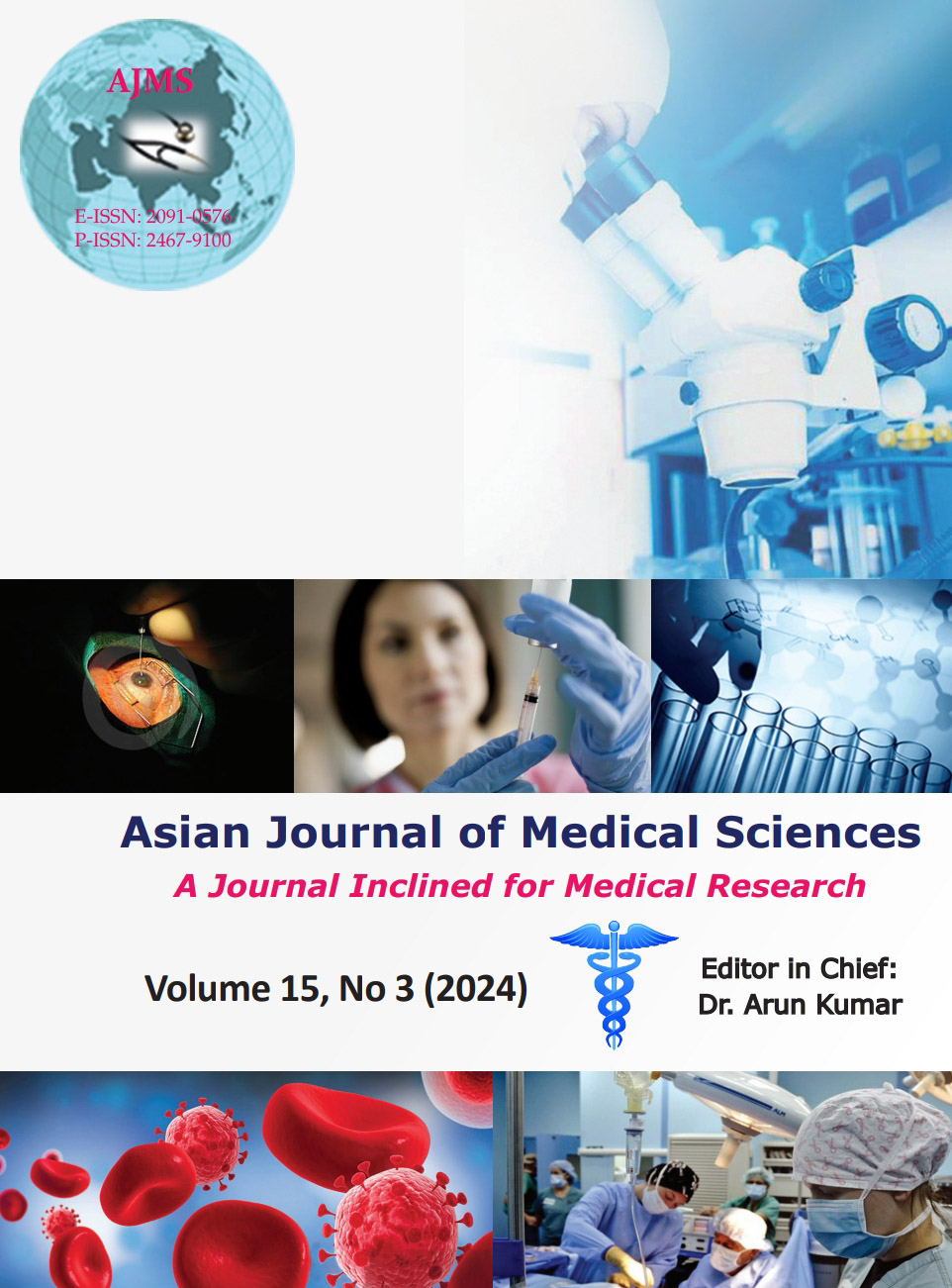Serum Vitamin D3 level in spontaneous abortion cases in comparison to ongoing viable pregnancies: A case–control study in a tertiary medical college
Keywords:
Case control study; Vitamin D3; Spontaneous abortionAbstract
Background: The immunoregulatory functions of Vitamin D3 play a vital role in the maintenance of normal pregnancy. Several studies have reported the association of low serum Vitamin D3 levels with spontaneous abortion.
Aims and Objectives: The purpose of the study was to determine the association between serum Vitamin D3 level and spontaneous abortion cases in a tertiary medical college.
Materials and Methods: The case–control study was conducted at the Department of Gynecology and Obstetrics, Medical College, Kolkata. The study population included 50 women with spontaneous abortion (cases) and 50 women with viable pregnancy beyond 20 weeks of gestation (controls). The cases and controls were matched with respect to age, socioeconomic status, and laboratory parameters. Investigations performed for both groups were ultrasonography for confirmation of abortion and viable pregnancy, serum Vitamin D3, and other biochemical markers. Data were compared between cases and controls using the Chi-square test and unpaired “t” test along with the calculation of odds ratios (OR).
Results: About 24% of cases and 10% of controls belonged to Vitamin D3 deficient category. The difference was statistically significant (P=0.009, d.f.=2) (OR: 2.84, 95% confidence intervals [CI]: 0.92–8.80). Bleeding PV was present in 50% of cases and 4% of controls (P=0.0001, d.f.=1) (OR: 24.00, 95% CI: 5.25–109.65). Abdominal pain was complained by 46% of cases and 10% of controls (P=0.0001, d.f.=1) (OR: 7.67, 95% CI: 2.61–22.54).
Conclusion: Vitamin D3 deficiency was present more in spontaneous abortion cases in comparison to viable pregnancies. Routine daily supplementation of vitamin D3 during the first trimester of pregnancy should be incorporated into the ongoing national program. Training of health workers to educate pregnant women and their family members regarding the importance of vitamin D3 is the need of the hour.
Downloads
Downloads
Published
How to Cite
Issue
Section
License
Copyright (c) 2023 Asian Journal of Medical Sciences

This work is licensed under a Creative Commons Attribution-NonCommercial 4.0 International License.
Authors who publish with this journal agree to the following terms:
- The journal holds copyright and publishes the work under a Creative Commons CC-BY-NC license that permits use, distribution and reprduction in any medium, provided the original work is properly cited and is not used for commercial purposes. The journal should be recognised as the original publisher of this work.
- Authors are able to enter into separate, additional contractual arrangements for the non-exclusive distribution of the journal's published version of the work (e.g., post it to an institutional repository or publish it in a book), with an acknowledgement of its initial publication in this journal.
- Authors are permitted and encouraged to post their work online (e.g., in institutional repositories or on their website) prior to and during the submission process, as it can lead to productive exchanges, as well as earlier and greater citation of published work (See The Effect of Open Access).




